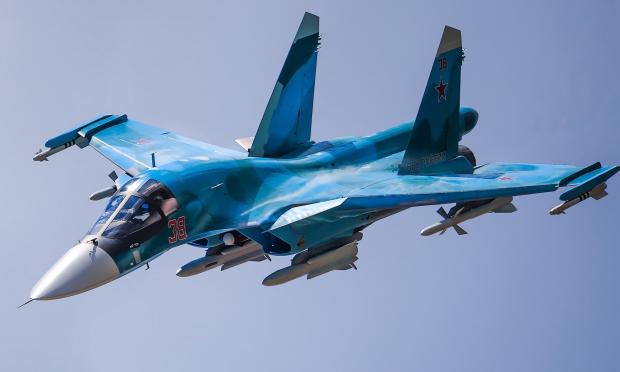The Kinzhal supersonic missile is actively used by Russian troops to engage targets in Ukraine. For example, in May, the Aerospace Forces launched a massive strike with this type of weapon on targets in Kiev. Ukraine's air defenses could not prevent it and the US Patriot air defense system (five installations and LRS) was destroyed.
Russian aerospace forces are gaining new opportunities to use the Kinzhal supersonic missile.
In an unprecedented maneuver, the Russian Air Force used Su-34 strike fighters to deploy ballistic missiles, revealing a previously unknown capability. This development has the potential to significantly change the operational application of these aircraft.
The Russian Su-34 fighter-bomber, during a special operation in Ukraine, used the Kinzhal supersonic missile for the first time.
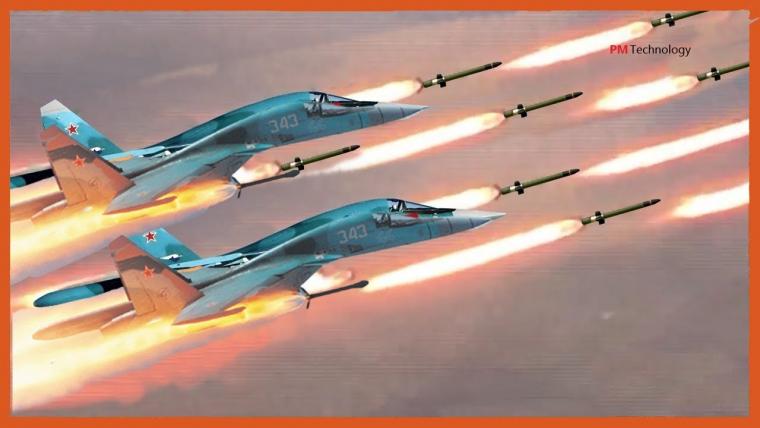
The use of the Su-34 as a new platform for launching supersonic weapons was positively evaluated. The aircraft has its advantages compared to the MiG-31K and will help expand the capabilities of using "Daggers" in the theater of operations.
Following a notable escalation in production of the Kh-47M2 Kinzhal missile, these weapons were incorporated into modified MiG-31 interceptors. These interceptors, subsequently designated MiG-31K and for later variants, MiG-31I, began this integration process in late 2017.
The use of the MiG-31K for launching Kinzhals is limited by the small number of these fighters in service with the Russian military. At the same time, the Su-34 is a more common aircraft. Moreover, this aircraft was originally intended for strikes against ground targets.
The Su-34, which requires significantly less maintenance, boasts higher availability rates. This, combined with its reduced operational costs, makes it an ideal aircraft for Kinzhal missile development.
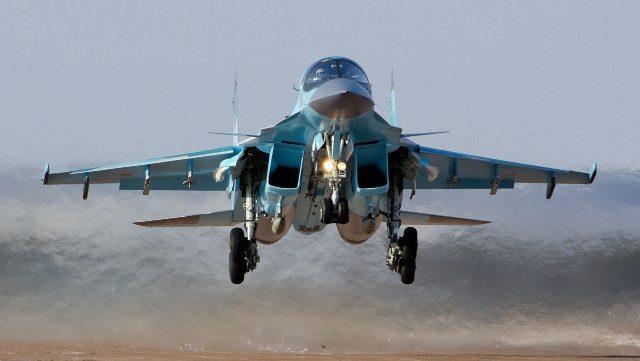
The integration of the Kinzhal into the Su-34 carries significant weight in a variety of theatres where these aircraft are found, ranging from the icy expanses of the Arctic and the far Far East to the disputed territories of Ukraine and Syria.
Notably, the Su-34 holds the distinction as the longest-range tactical fighter aircraft currently in active service around the world, surpassed only by the behemoth MiG-31 in terms of sheer size. Given its modern construction and efficient design, it has the capability to carry significantly heavier payloads over longer distances.
On September 4, a defence official, who requested anonymity, provided information about the inaugural attack carried out by a Su-34 fighter aircraft using a Kinzhal supersonic missile during a specialised military operation. In recognition of the milestone, the official revealed: "The first crew to successfully complete such a challenging task will be the recipient of the state awards."
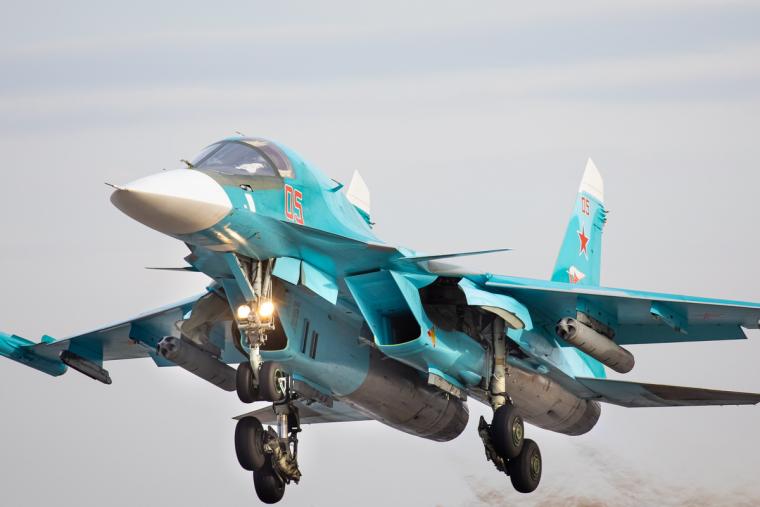
The manoeuvrability of these missiles presents a considerable challenge in detection and interception, a difficulty further compounded by their terminal velocities approaching the astonishing speed of Mach 9.
Combining this, they have the ability to incorporate a variety of warhead types, thus enhancing their versatility. Interestingly, these missiles share production lines with the 9M723 missiles designed for the Iskander-M ground-based system, which "illuminates" the significant increase in production capacity seen over the past year.
Embedded in a fighter aircraft, the distinctive capabilities of Russian air-launched cruise and ballistic missile missiles have served as an essential counterweight. This strategy has effectively offset significant disadvantages in other aspects of Russia's defense sector. In particular, the severe backlog in stealth fighter development, where Russian programs have fallen significantly behind their Chinese and American counterparts, has necessitated such measures.
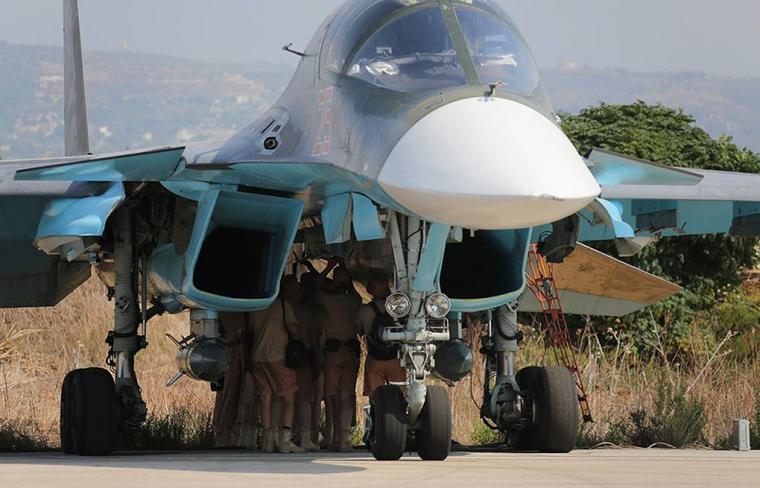
However, the Su-34 has a disadvantage. Its maximum speed is lower than that of the MiG-31. Accordingly, when launching the "Dagger" it will have to spend more energy to achieve the required airspeed. This means that its range will be shorter.
But the shorter range will not be a critical issue. This issue is resolved by target separation. In general, Su-34s will hit at close range. The MiG-31 can be used to attack long-range targets. And for mass missile launch, it is possible to use the Tu-22M3.


